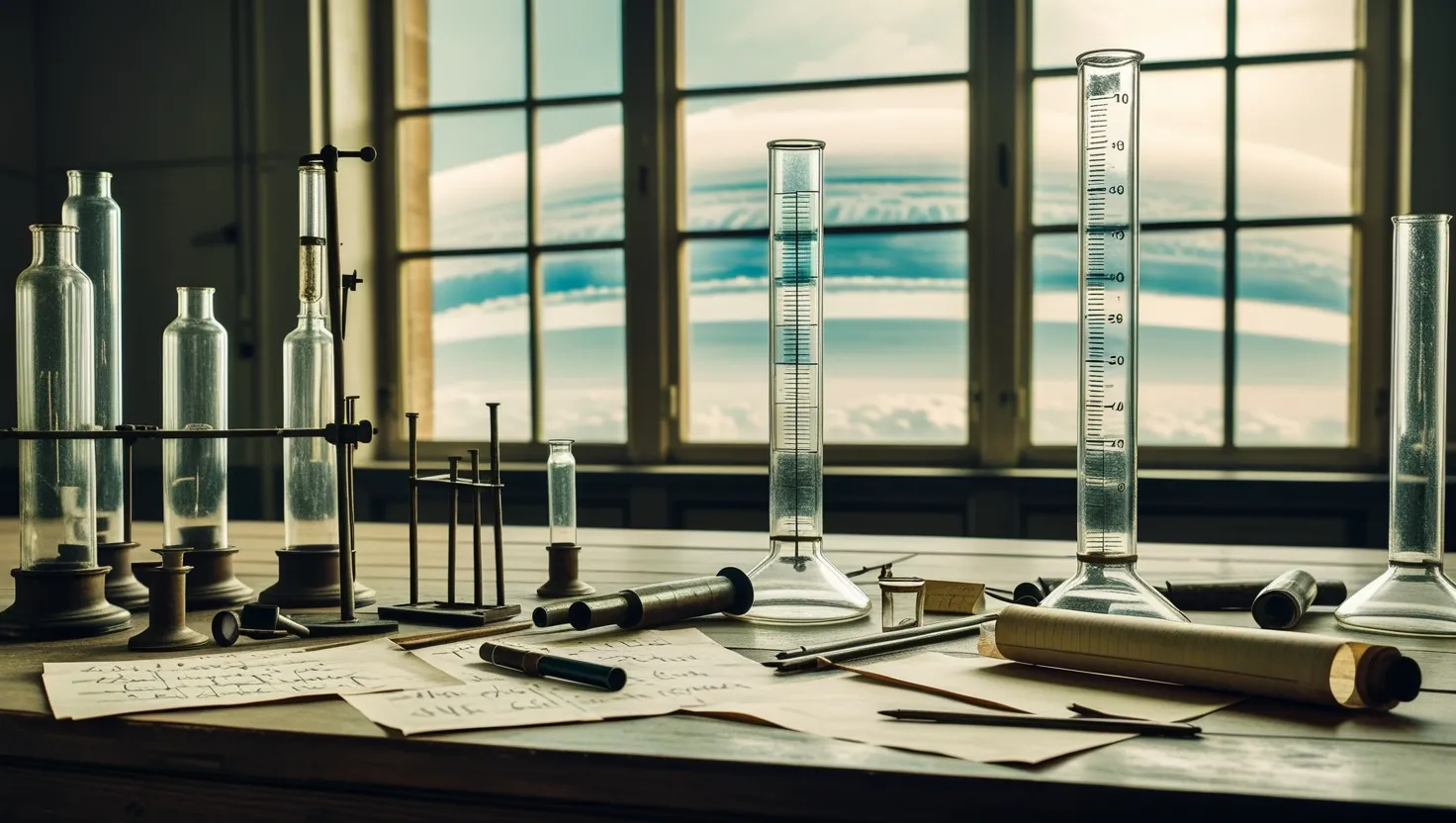The Sun is a colossal entity, much larger than our planet. To put it in perspective, imagine the Sun as a basketball. In comparison, Earth would be the size of the head of a pen. And how far would this tiny pen tip be from the basketball? It’s surprising, but it would be about 100 feet away.
Now, consider this: how far do you think the nearest star is from our basketball-sized Sun? Prepare to be shocked. If our Sun was in New York City, the nearest star would be as far away as Russia. That’s an astonishing distance, showing just how vast space is.
There are about 200 billion stars in our Milky Way galaxy alone, each separated by these immense distances. All that space in between? Just emptiness. But here’s the kicker: the Milky Way is one of at least two trillion galaxies in the universe. Each of these galaxies contains hundreds of billions of stars.
So, when you do the math, the number of stars in the universe far exceeds the number of grains of sand on every beach across the globe. Hard to fathom, right? The sheer vastness and emptiness of space are truly mind-blowing. Yet, this is the reality we live in.






